The Italian Mastiff Cane Corso dog breed, in short, is a large-sized dog that requires a responsible owner who is willing to spend a lot of training and socialization time. Cane corso is a muscular, large-boned working dog. It’s pronounced “KAH-Nay-KOR-So” and has a proud and confident disposition.
Corsos are large and strong and have a protective nature. They have served many roles over their long history, including guardians, large-game hunters and guard dogs. They have been a popular breed for 25 years and are now the most loved dog breed in America.
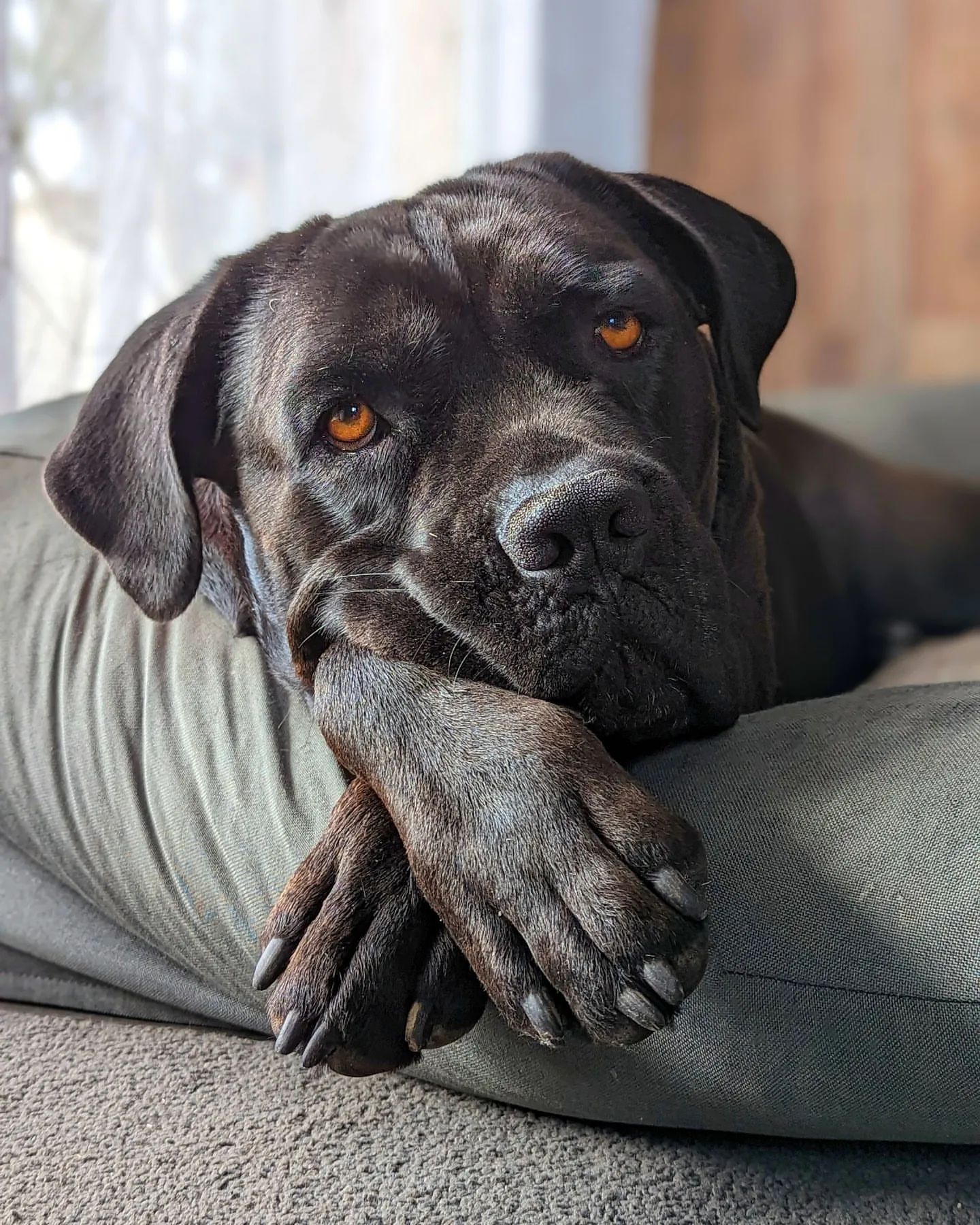
History of Cane Corso
The origins of the cane corso dog breed can be traced back as far as ancient times. The cane corso’s ancestor is the molossus, an extinct mastiff-type mastiff dog. The cane corso was a war dog, a guard dog and a skilled hunter of many game, including very large game, throughout its history. Its name derives from the Latin cohors (which means “protector” or ‘guardian”) and the Italian term for dog, cane.
The World Wars I and II caused a significant decline in the breed of cane corso, although small numbers of these dogs are still around. Cane corso lovers sparked a revival in the breed during the 1970s. In 1988, the first cane corso dog breed arrived in America. In 2007, the breed was added to the American Kennel Club miscellaneous category. It also received full recognition in the American Kennel Club working group in 2010. Corsos are Italian mastiff in every way: they are large, powerful, intelligent, affectionate and fiercely loyal to their owners.
Adult corsos are approximately 27 inches tall, weighing between 80-120 pounds and having a square head and deep chest. Ask any corso owner and you will hear a common theme: Vandewalle claims that her first corso, Menace, was a loving lap dog.
Corsos are known for being aggressive and dangerous like many other powerful, hard-working or tough-looking dogs such as pit bulls, Rottweilers and German shepherds. As with all these dogs, this reputation is not fair. Many of the dangerous corso stories are actually about irresponsible dog owners.
You may like: Are Cane Corsos good with kids?
Vigorous Temperaments
Corsi are known for their strong temperaments and willingness to face challenges. If they are accompanied by a consistent and confident owner, Corsi can make excellent family dogs.
They can also be dangerous if they are not properly trained and supervised. In 2014, two Corsi were alleged to have killed and attacked a female jogger.
A perfect cane Corso will be docile and affectionate to his family and owners, even children. To get them to this stage, it is important to socialize and train them from an early age.
A cane Corso is not for people who are afraid or dislike dogs or cannot manage large mutts.
Corsi can be very intelligent when they are combined with their bossy nature. They can rule your household with strict boundaries and leadership. Corsi are sensitive enough to hear your voice and will respond to praise and rewards.
Owners will be able to get a lot more from this breed if they are calm, collected, and confident than if they shout at them. A cane Corso will be able to relax and feel in control if they are consistent. If a Corso is young, owners should encourage them to be independent.
They need to be socialized early because of their lively temperaments. Before Corso is four months old, expose him to many sights, people, experiences, sounds, and other stimuli.
Corsi puppies will be better socialized early on, so they are more comfortable with being left alone and not afraid of other animals or children.
The Italian breed standard states that Corsi should not react to a threat but should remain calm when confronted. Corsi, as a working breed are expected to work under extreme stress.
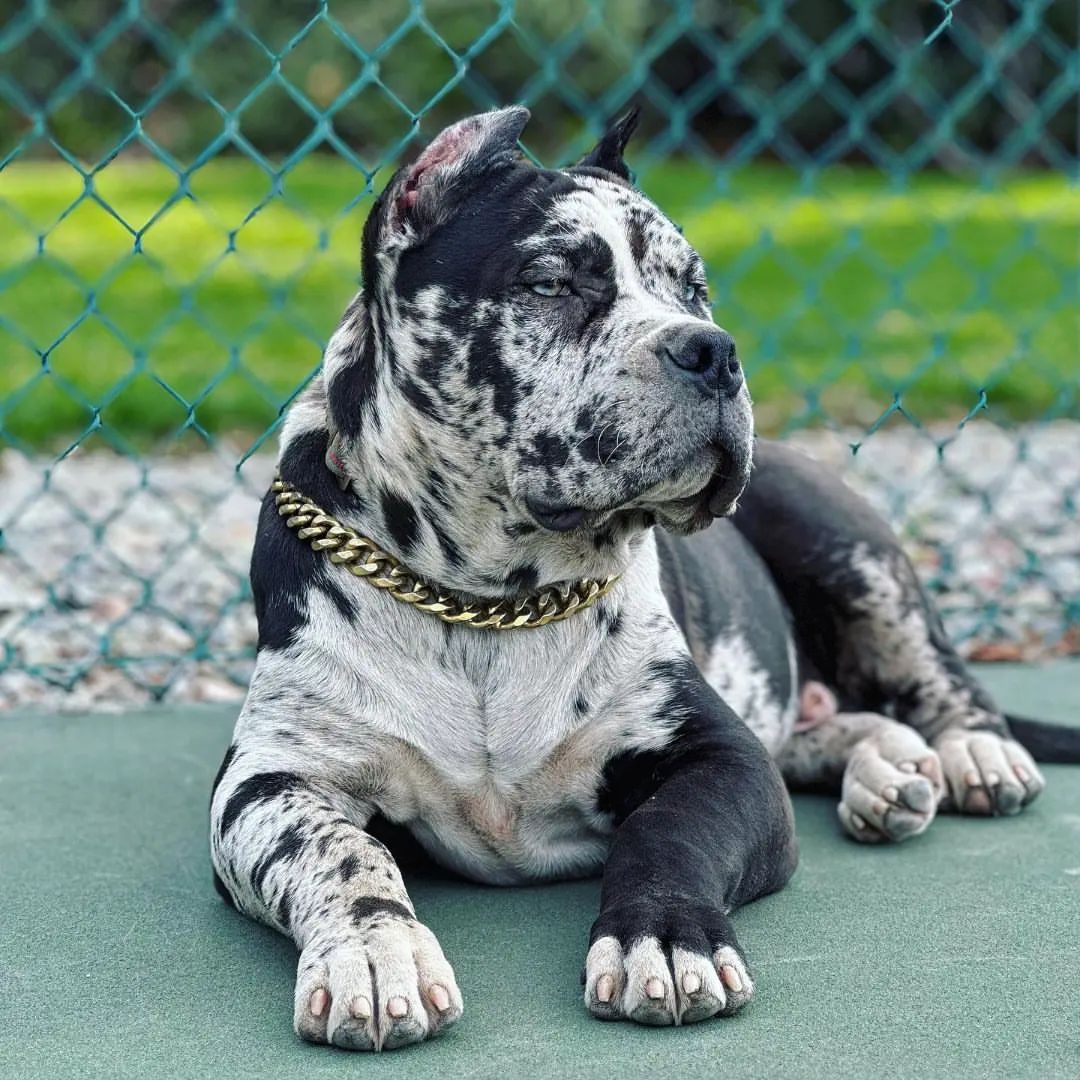
Training, socialization and exercise
Corsos are intelligent and require consistent training throughout their lives. Owners must be clear about what they expect. They will follow their instincts and disregard any outside guidance.
Socialization should begin at an early age and be continued throughout their lives. You should introduce your dog as many people, sounds, situations, and everyday objects as possible in a calm, controlled way.
Corso owners have a responsibility to their dogs to set clear expectations when training. This means setting boundaries as early as your puppyhood, or as soon as your adult dog arrives home. Regular exercise is essential, as well as mental stimulation. An average corso needs at most three walks per day, or some other outdoor exercise of at least one hour. However, mileage will vary depending on your dog.
Mental stimulation, or “work,” is equally important for a corso’s health. Many breeders and trainers believe that it can drain energy even more than physical activity. Corsos were born to perform household tasks. They need regular tasks and clear boundaries. Otherwise, they can become destructive and unruly.
Vandewalle rescues dogs suffering from behavioral issues because they are one of the most common reasons for surrender. Even if you don’t own a farm, you can give your dog the mental and physical stimulation they need. You can give your dog lots of mental energy and fun by playing nose games. You can either make your own flirt pole or use a yard obstacle or agility course. Or you can buy one that is made from household items. You can get your corso to pull the sled if you live in an area with snowy winters. Use a harness that evenly distributes your weight
You may like: Do Cane Corso dog breeds get attached to one person?
Cane Corso Lifespan and Coat Color
This study was done to determine the average Cane Corso lifespan and to examine the relationship between hair color, lifespan and other factors.
The combined sample of Cane Corsos who have died includes 114 (50.22%) males and 113 (49.58%%) females. These are the numbers for each of those 232 Corsos.
- Black 62 (26.72%)
- 38 (16.38%) Brindle
- 35 (15.08%) Black Brindle
- 27 (11.64%) Fawn
- Grey Brindle 26 (11.21%)
- 31 (13.36%) Grey
- 13 (05.60 %) Other(Chestnut, Red, Formentino…)
Black Brindle Corsos are the longest-lived, with a mean lifespan of 10.30. Brindle corsos are next with a 10.13 year median life expectancy. With an 8.09 median life expectancy, the Cane Corsos living today are the shortest. Grey Cane Corsos have a 9.0 median age of death.
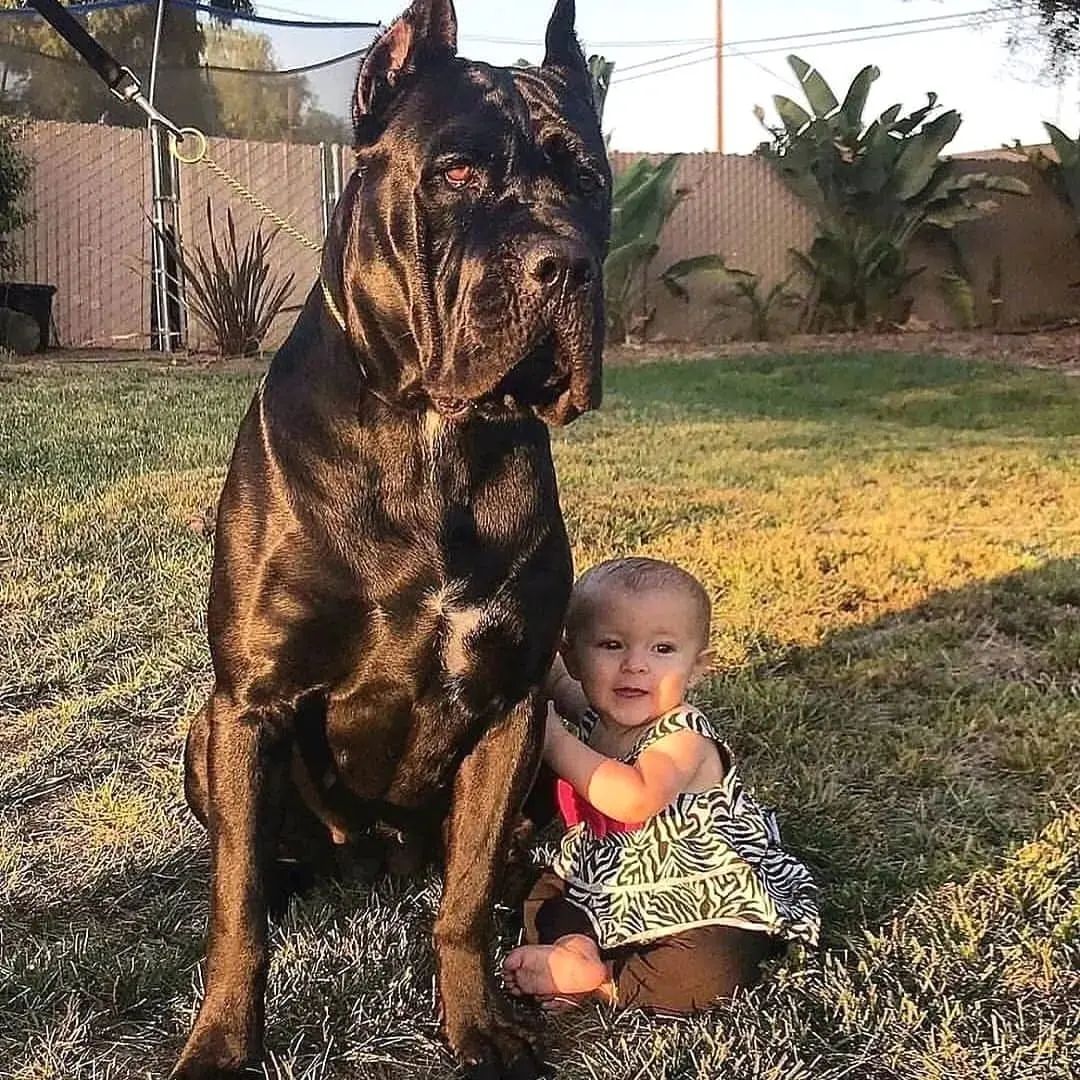
The Advantages of Owning A Cane Corso
Due to its size, intelligence and loyalty, the Cane Corso guard dog breed has been growing in popularity. Although the Cane Corso is known for its aggressive nature and protection, they are also great family pets if socialized and trained properly. These are just a few of the many benefits that a Cane Corso can bring to your life.
Protection: Cane Corsos make a great guard dog and are naturally protective and alert. Potential intruders can be deterred by their intimidating bark and strong physical presence.
Loyalty: Cane corsos are loyal and form strong bonds with their owners. They are loyal and affectionate, making them wonderful companions.
Intelligence: Cane corsos have a high intelligence level, making them very easy to train. They can be taught patience and consistency to follow rules and perform tricks.
Activity Level: Cane corsos require a lot of physical and mental exercise. Cane Corsos love to play and go for long walks with their owners. They make excellent companions for people who are active.
Cane Corsos can be intimidating to strangers because of their large size. In some cases, this can be a positive thing as they can deter potential intruders.
The Cane Corso is a remarkable breed, with many amazing qualities. They can make great family pets or loyal companions if they are socialized and trained properly.
You may like: When do cane corsos become protective?
Generally Health
Cani Corsi dogs are generally healthy. They are susceptible to some illnesses, just like other breeds. Although not all Corsi may be affected by all of these conditions, it is helpful to be aware.
Eyelid abnormalities can occur in the cane Corso, including ectropion and entropion and cherry eye.
It is important to get health clearances from an experienced breeder before you adopt or buy the Italian Corso. These will prove that the parents of the puppy are healthy. Ask the breeder if the dogs have ever been affected by mange or bloat.
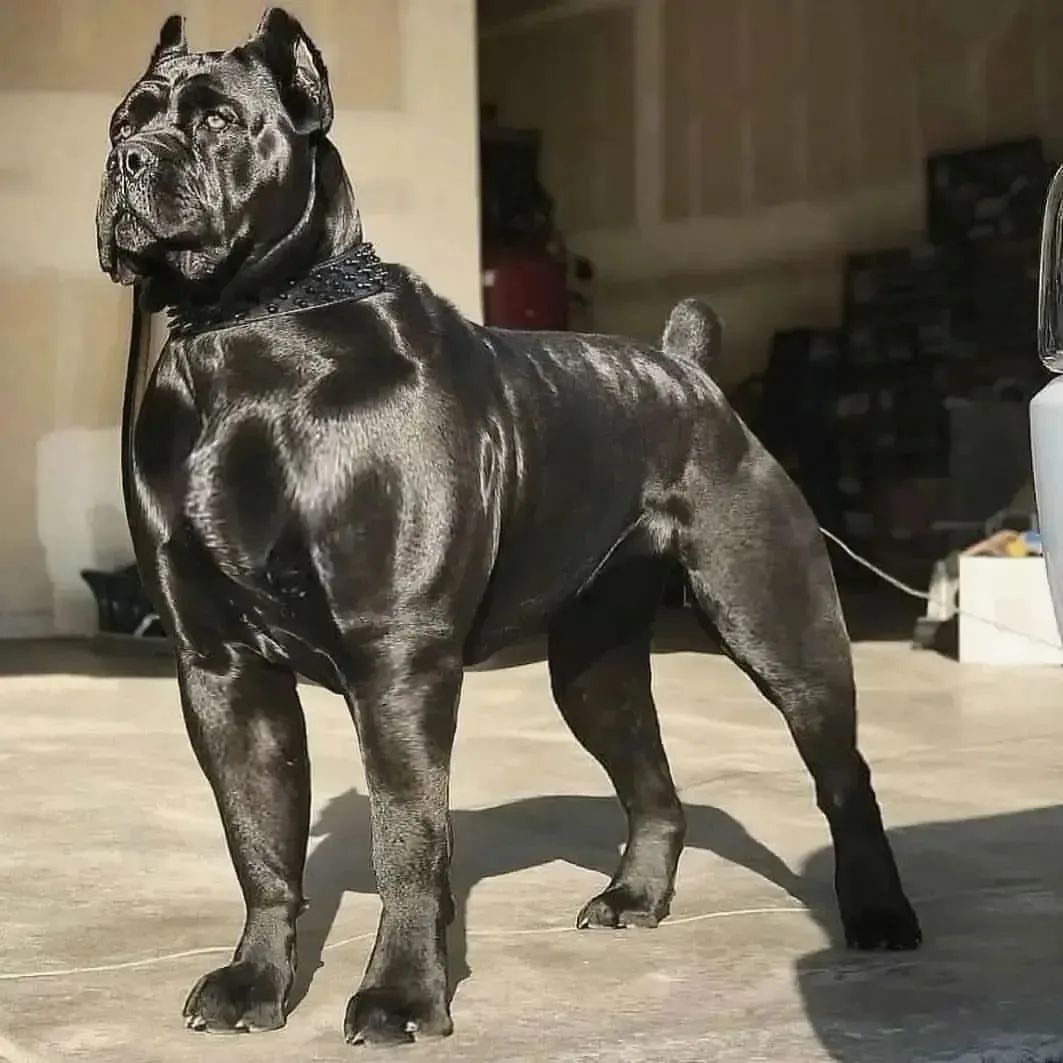
Grooming of Cani Corsi
Cani Corsi have short, stiff hair with light undercoats. They come in a variety of colors, including black, red, gray or fawn.
Their coats shed twice a day. A vacuum cleaner is a must to remove dust from floors and furniture.
If you intend to bathe your puppy regularly, it is a good idea to bathe him once a week. To remove tartar and bacteria from their mouths, brush their teeth at least twice a week. Bad breath and gum disease can be prevented by brushing your teeth daily.
Every week, check their ears for redness and bad odors. These are signs of infection. Do not insert anything into their ear canals. Instead, clean their outer ears.
Grooming for Cane Corso should be a positive experience, filled with praise and rewards, so that you can lay the foundation for simple veterinary visits.
You should inspect Corsi for sores, rashes or any signs of infection, such as redness, tenderness or inflammation on the skin. This includes the nose, mouth, eyes, feet, and nose.
Make sure they have clear eyes without any reddening or discharge. You can spot potential health problems early by carefully inspecting your Corso cane every week.
You may like: How fast can a Cane Corso run?
Excellent Guard Dogs
Corsi can be viewed as a guard dog because of their appearance. They are highly territorial and protective dogs that will patrol your home and garden.
These mastiffs breeds are extremely fearless in the face of potential danger. As a Corso owner, it is your responsibility to ensure that your Cane Corsi is kept under control whenever you have visitors to your home.
Cane corso feeding
Encourage healthy growth Some corsos will continue to grow until the age of two. It’s vital that they grow at a healthy pace, as too much growth can lead to obesity and orthopedic diseases. Do not give your puppy free-feeding. Structure your puppy’s meals and give it a time limit. Feed your puppy a balanced amount of food three to four times a day until he is six months old. After that, you can switch to feeding him once or twice daily.
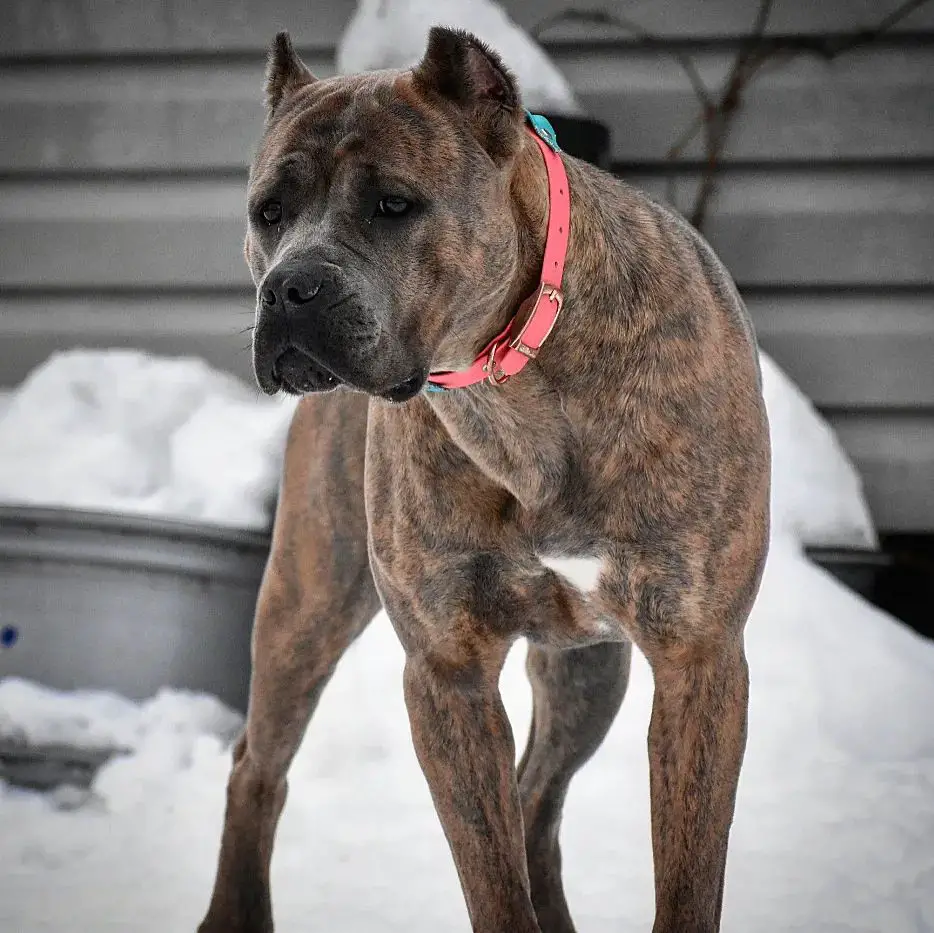
Conclusion.
The Cane Corsi, although a serious breed, is still a sensitive dog. They are loyal to their families and sensitive to the needs of their owners.
They will always be there for you because they love to please you. Also, they are not like other breeds of dog that attach to one member of the family. They will be loyal to all members of the family.




